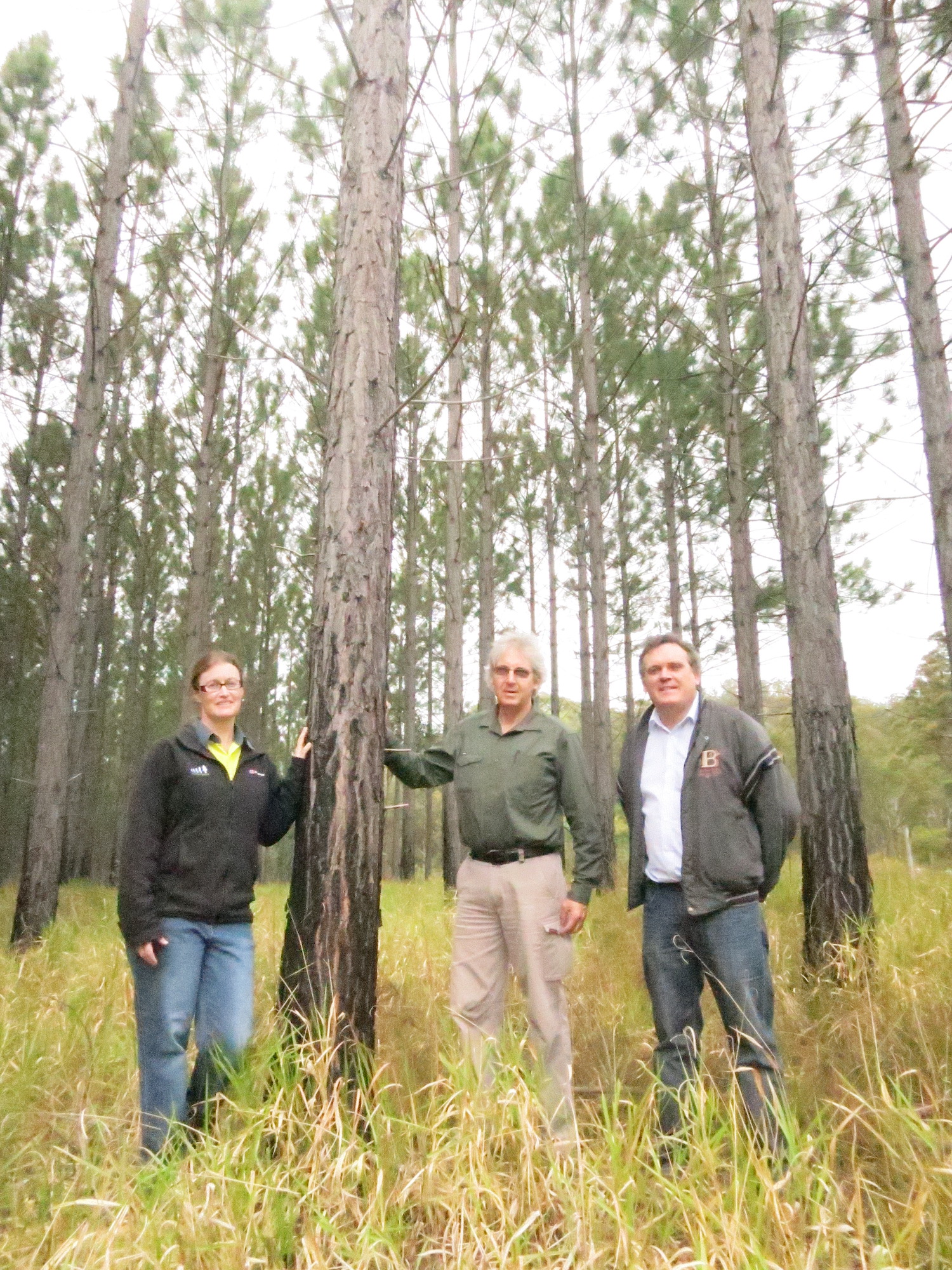Stringent assessment criteria
Overall, there are more than 200 criteria involved in assessing the triple-bottom line sustainability of the timber.
Ultimately, Responsible Wood “is a trust mark”, Simon says, one that has gained rapid traction among industry players across the supply chain, and also with end users, all interested in timber as the “go-to” material for low carbon building.
Rating systems including Green Star and Living Building Challenge specify credits around the source of timber that includes independent third-party verification of its provenance and production.
A name you can trust
Responsible Wood late last year rebranded itself from The Australian Forestry Standard to make the purpose of its work so much clearer, especially to core clients who might include consumers, specifiers, architects and builders.











